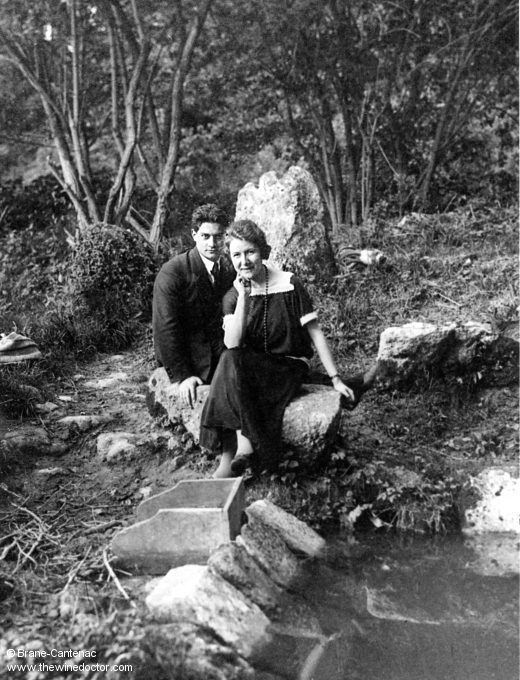Château Brane-Cantenac: The Lurton Era
Back in 1794 Baron Hector de Brane had married Laure de Fumel (1775 – 1813), best known for her tenure of Château Margaux. It does not appear to have been a long and successful union for the pair, and quite possibly it was an unhappy one. Although Laure produced a son for Hector in 1796, in 1799 she gave birth to the offspring of Frédéric-Guillaume von Langsdorff (1771 – 1829), and she would go on to marry Frédéric-Guillaume in 1801, having presumably divorced Baron Hector.
It was the son Laure had borne for the Baron, one Joseph-Maxime de Brane (born 1796), who would subsequently inherit his father’s title and the estate. The exact date at which he inherited is uncertain, but it may have been as early as 1835, in which case all the promotional work described above as being done by “the Baron”, as well as the estate’s ranking in the 1855 classification was in fact down to Joseph-Maxime rather than Hector. Alternatively, it was all down to Hector, and he lived to a (very) ripe old age, but bear in mind he would have been 85 years old by the time the 1855 classification was revealed.
Regarding the estate’s classification, there are some authors who have suggested, their opinions perhaps fuelled by tasting some lesser early-20th-century vintages, that Château Brane-Cantenac was ranked as a deuxième cru, a higher classification than was perhaps really warranted, because of the influence of the ennobled family which held the reins. I am aware of no real evidence for such allegations, which as well as being ill-founded seem to ignore the consistently high ranking achieved by Château Brane-Cantenac over the course of several classifications, during a period lasting many decades.
Coming back to the vineyards and property, Baron Joseph-Maxime did much to build on what was already a strong reputation; with time the vineyard was expanded, and of course production increased. The château, however, at that time a small construction dating from the 17th century, went largely untouched.
Léonce Récapet
Whenever the transition from Baron Hector to Baron Joseph-Maxime occurred, the latter’s preference was ultimately to sell the property, this change of hands coming in 1866, by which time the vineyard had grown to 50 hectares. The new owners were a group named Gustave Roy et Cie which also owned Château d’Issan. This group constituted Gustave Emmanuel Roy (1823 – 1912), his wife Marie-Anne (1831 – 1917), née Berger, and her two brothers, Casimir Berger and Paul Georges Louis Berger (1834 – 1910).

